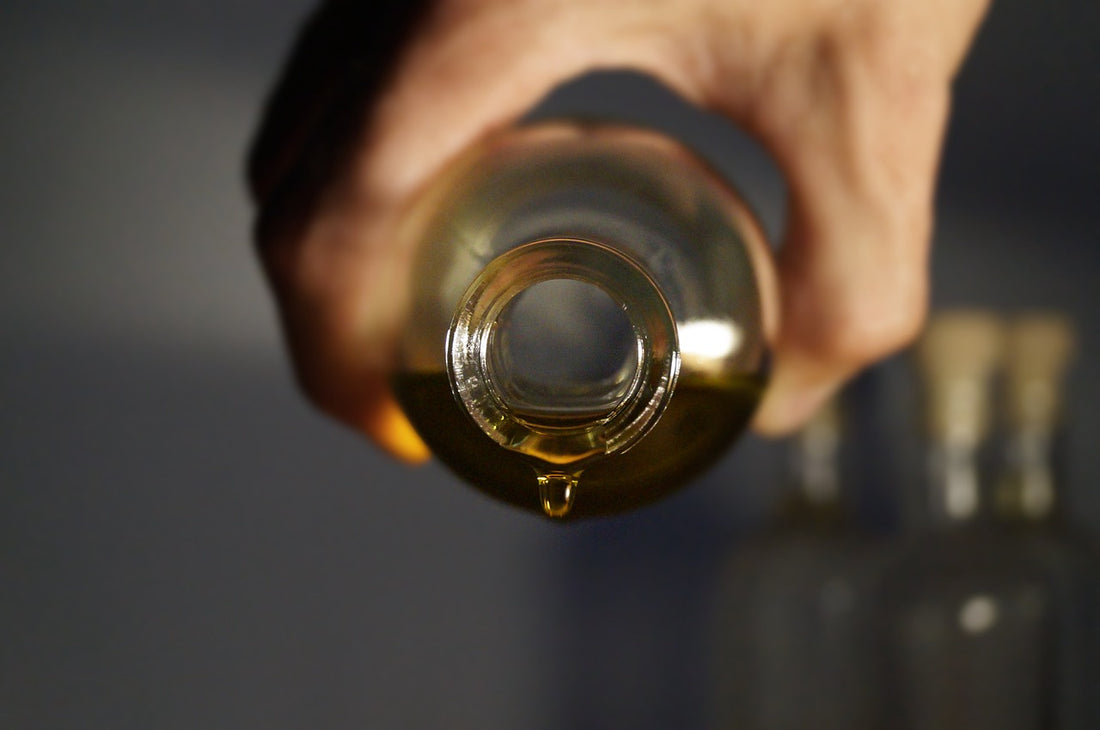There are several naturally occurring components of essential oils, that, according to EU legislation must be listed on beauty packaging. This was introduced because some of these ingredients can cause irritation for those sensitive to perfumes and fragrances and so the regulation was introduced to prevent beauty companies hiding these ingredients under the blanket term 'fragrance'. Typically, these components which occur naturally in essential oils, rather than those synthetically made, do not cause the same reaction, however, it is important to do a patch test if you are particularly sensitive.
Farnesol
This clear oily liquid with a sweet fragrance is naturally occurring in citronella and lemongrass oils as well as palmarosa, rose, neroli and ylang ylang. It’s known to improve skin elasticity and reduce the appearance of wrinkles by promoting cell regeneration. It is particularly effective for dry skin conditions.
Citronellol
Citronellol is a natural occurring component of geranium oil. It is colourless and has a sweet rose-like fragrance. It predominantly functions as a fragrance ingredient. It can cause irritation for those particularly prone to dermatitis.
Citral
Citral is a very fragrant component of essential citrus oils. It is used in the synthesis of vitamin A and is used for natural lemony fragrance in skincare products.
Benzyl Salicylate
Benzyl salicylate is a naturally occurring component of many plant based oils. It is a good ingredient for absorbing UV rays so can prevent loss of ingredient potency and integrity.
Benzyl Benzoate
Benzyl Benzoate is a naturally occurring component of essential oils. It has a pleasant aroma and is a good solvent meaning it helps blend other ingredients together.
Benzyl Alcohol
A natural component of some essential oils such as ylang ylang, and jasmine, benzyl alcohol is most often used as a preservative because of its antiseptic and antibacterial properties. There is a synthetic form of this ingredient so ensure you check the label and that it states it is a naturally occurring component rather than the ingredient itself.
Geraniol
Is the primary component of rose and palmarosa oil and is also a small component of geranium oil. It is highly fragranced and its main smell is rose but can accentuate citrus notes too. In very high doses, geraniol may cause a reaction in some so it’s important to see how high up the ingredients list this item is and also to do a patch test. Geraniol is sometimes used as a plant based alternative to insect repellent and it also has anti-fungal properties.
Limonene
As the name suggests it is present in citrus based essential oils and has a light citrus fragrance. It does contain antioxidants and can be very calming on the skin but be aware of packaging that will expose this ingredient to the air. Once limonene oxidises it can cause the skin to be irritated.
Linalool
This colourless liquid is a component of essential oils such as orange, ylang ylang, rose and lavender. By limiting its exposure to oxygen can prevent it from being an irritant but it is always advisable to do a patch test.
Eugenol
Deriving from botanical oils like ylang ylang and spices such as cloves, nutmeg, cinnamon and bay. It is effective at masking odours and has antiseptic properties. Isoeugenol is a fraction of eugenol and has similar effects.

